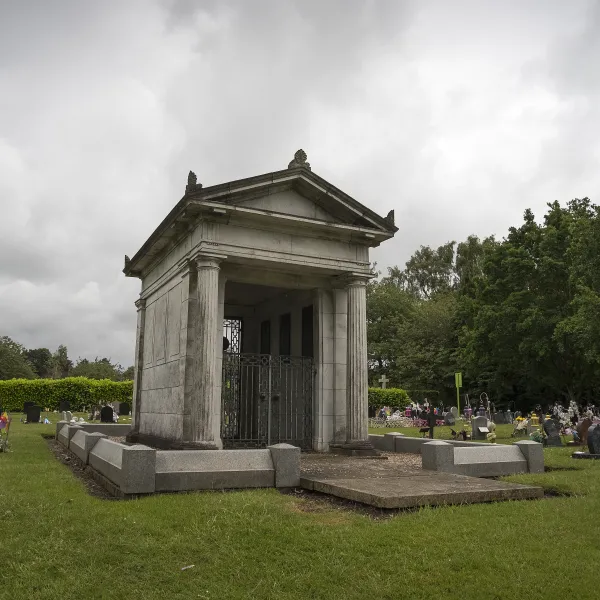Walk through most cemeteries and you're bound to notice row after row of grave sites. Usually the site is marked by a memorial — a headstone or flat marker — where families can visit and place flowers. These denote in-ground burial plots, typical of what most people consider when they think about funerals and burial planning. But did you know that there are other types of burials, too? A question we often hear from families is, "Can you be buried above ground?" and the answer is yes, there are in fact a few different ways to have an above-ground burial.
Where can you be buried above ground?
Funeral homes and cemeteries offer a range of options for people and families to choose the type of service that suits their desires, their budgets, and which aligns with their cultural or religious values. In a similar way, cemeteries offer a range of internment options for people and families with different preferences and budgets, too. There are, of course, the traditional in-ground burial plots mentioned above. But in addition, there are also other burial options, including two types for being buried above ground:
- Burial of a body in a mausoleum
- Burial or internment of an urn with cremated remains in a columbarium
Larger cemeteries often have what's called a mausoleum. It's also common to find mausoleums in urban cemeteries, where space for in-ground burials may be limited. Some older, traditional cemeteries might have mausoleums, too — a hundred years ago, it was more common for wealthy families to have a family mausoleum, either in a cemetery or on their own private estate.
Both mausoleums and columbariums have family options for being buried above ground, where multiple family members can be entombed in their own private building. If a family cannot afford or don't want a private mausoleum or columbarium, there are public versions of both as well. Some cemeteries call them "mausoleum wall crypts" in the case of public mausoleums.

